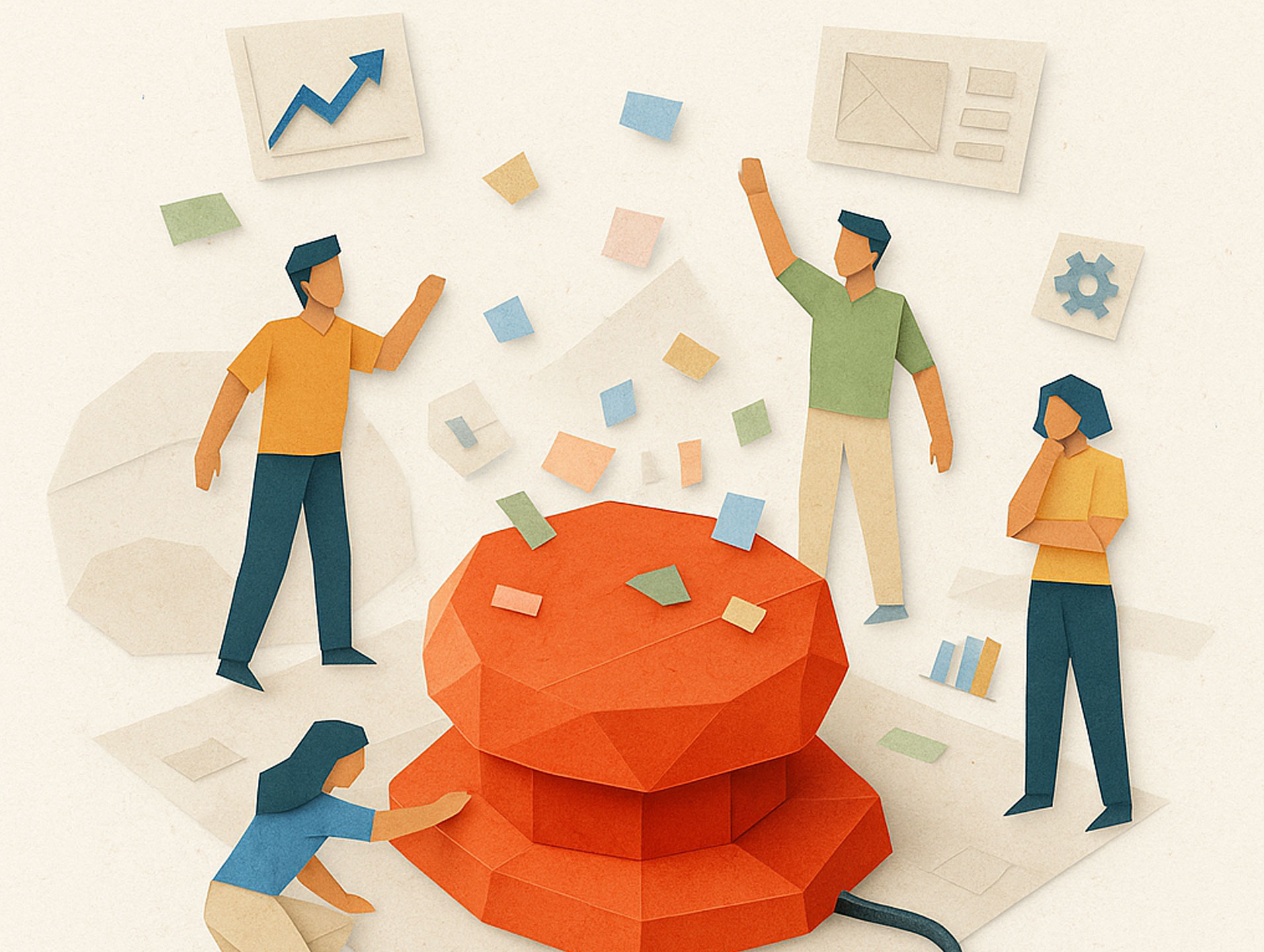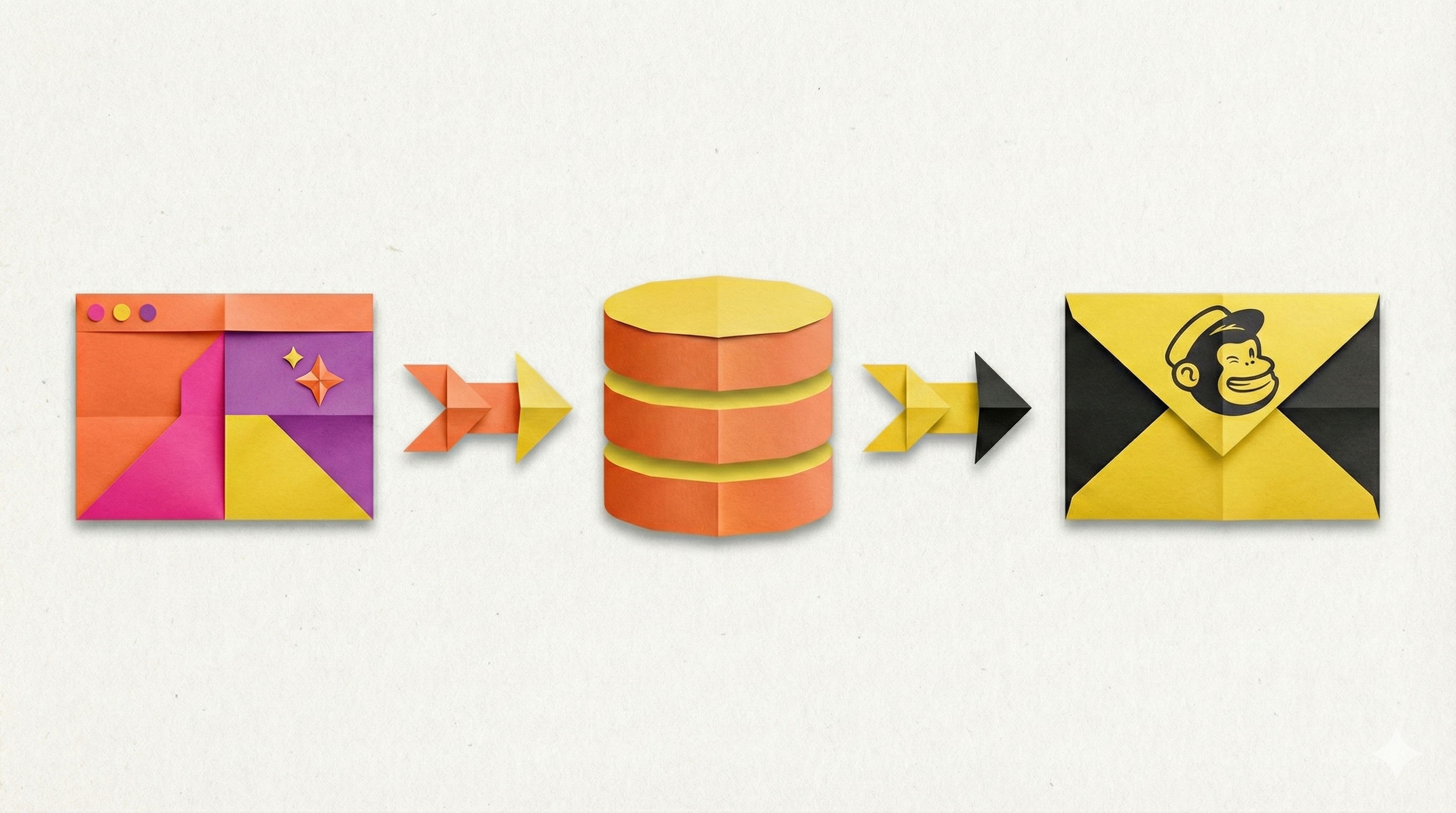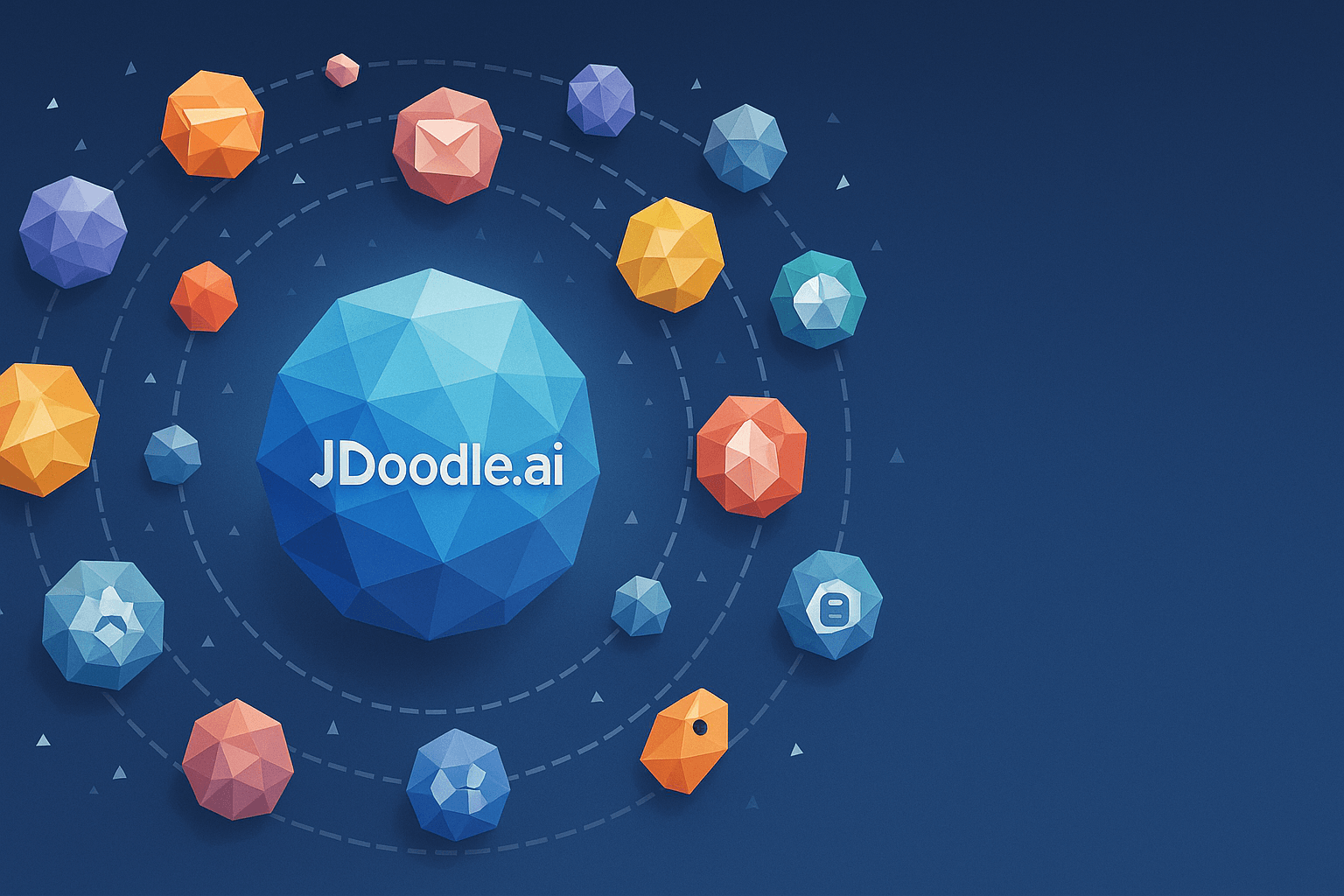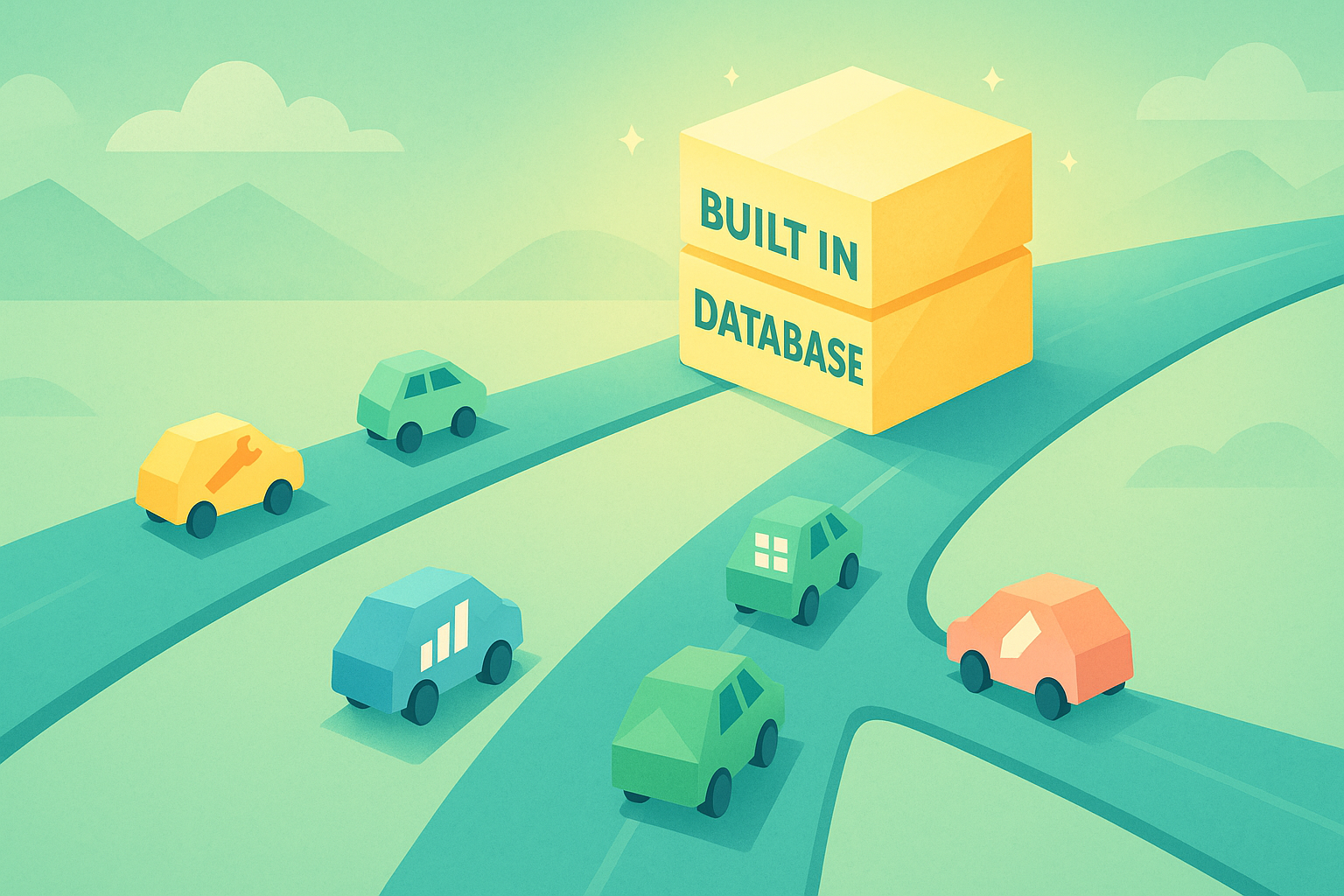Raise your hand if you’ve spent an entire afternoon adjusting the exact shade of blue on your landing page. Now raise your other hand if you still haven’t shown your startup idea to a single person. If both hands are up, congratulations, you’ve invented startup yoga. Also: you’re not alone.
Perfection feels productive. You’re fiddling with padding, agonizing over button copy, and zooming in on pixel alignment like it’s the cockpit of an F1 car. But while you’re making your MVP beautiful… you’re also making it useless.
Here’s the uncomfortable truth:
Perfect doesn’t win. Well tested.
Let’s break that down.
1. Your MVP Isn’t a Product, It’s a Question in Disguise
Somewhere along the line, people started treating MVPs like finished products. Clean logo, trendy font, fancy animations. But that’s not the point of an MVP.
A Minimum Viable Product is just a question, duct-taped into a webpage.
The question is:
“Does anyone care enough to click this?”
That’s it. Your job isn’t to build a brand. It’s to build evidence that you’re not totally wrong. So skip the polish. Build something scrappy that can answer the question fast. Because the best MVPs aren’t polished, they’re traps. For truth.
2. Perfection Delays Feedback and Feedback Is the Whole Game
If you’re waiting to “finish” before you show it to someone, you’ve already lost.
Why? Because early feedback isn’t just helpful it’s your only map.
You’re not launching a rocket. You’re tossing paper planes into the wind and seeing which ones fly better than a soggy napkin. The faster you launch, the faster you learn. And the faster you learn, the less time you waste building something no one may want.
3. No One Cares About Your Gradient
You know what customers remember?
- Whether your thing solved their problem
- Whether they understood it in under five seconds
- Whether it felt like it was made for them
You know what they don’t care about?
- Your gradient
- The 8-pixel padding on your CTA button
- That one custom icon you spent $499 on and now feel morally obligated to use everywhere
Don’t waste your early days designing for a future investor pitch. Design for someone who’s going to click, scroll, maybe sign up and tell you if it was even remotely helpful.
4. Fast Prototypes Let You Test More Ideas, Not Just One
Spending three weeks building The One Big Idea is a trap.
Because what if you’re wrong? Or worse… What if you’re slightly wrong?
Rapid prototyping lets you test ten small things instead of gambling on one big bet.
- Two headlines? Run both.
- Not sure if you should charge monthly or yearly? Fake a pricing page and see what clicks
- Don’t know which features people want? Add five buttons to nowhere and see which one they click.
(Buttons to nowhere are like fake buttons, clickable but don’t take you anywhere)
5. Use Tools That Don’t Slow You Down
Here’s where JDoodle enters the picture, quietly, efficiently, and without asking you to “optimize your digital synergy.”
JDoodle.ai is built for speed. No second guessing No “What does this plugin even do?” Just clean, modular blocks that help you get something online fast enough to matter.
Whether you’re testing copy, a feature list, or whether people even understand what you’re doing, JDoodle is like your idea’s wingman. There when you need it. Not in the way when you don’t. Build it. Launch it. Learn something real.
Key Takeaways
Your MVP isn’t supposed to be beautiful, it’s supposed to be useful. The sooner you test, the faster you learn. And the faster you learn, the less time you’ll spend polishing ideas that don’t land. So stop perfecting. Start testing. And if you need a tool that lets you launch rough, ready, and real JDoodle’s got your back.
FAQs
1. What is rapid prototyping in a startup context?
Rapid prototyping means quickly building a basic version of your idea to test if people care, before you invest time and money perfecting it. It’s less about polish, more about proof.
2. Why shouldn’t I perfect my MVP before launching?
Because perfection delays feedback. The sooner you show people something, even something scrappy, the sooner you’ll know if you’re on the right track (or building the wrong thing beautifully).
3. How can JDoodle AI help with rapid prototyping?
JDoodle.ai lets you build landing pages and test concepts without coding. It’s designed to help you launch fast, learn fast, and tweak based on real feedback, not assumptions.
4. Is it okay to “fake” features in my prototype?
Absolutely. Fake buttons, mocked-up pricing pages, and placeholder features are all fair game in early testing. You’re not misleading, you’re gathering insights before investing.
5. Do I need design or coding experience to use JDoodle AI?
Nope. JDoodle.ai is built for non-technical founders. If you can drag, drop, and type, you’re good to go.
Related Posts
View All Posts »How to Use an AI Landing Page Builder With Mailchimp Email Marketing
Learn how to build a webinar email capture landing page with JDoodle.ai, store registrations in a built in database, and sync everything to Mailchimp for automated reminders and newsletters.
17 Powerful APIs You Can Integrate with JDoodle.ai
A curated list of 17 popular APIs you can connect to JDoodle.ai using API keys and simple prompts, plus examples of exactly what to build with each.
Top 5 No-Code App Builders with a Built-In Database (2025)
If you're building a real app not just a form you need more than a spreadsheet. Here are five no-code app builders that include built-in databases so you can launch faster.





